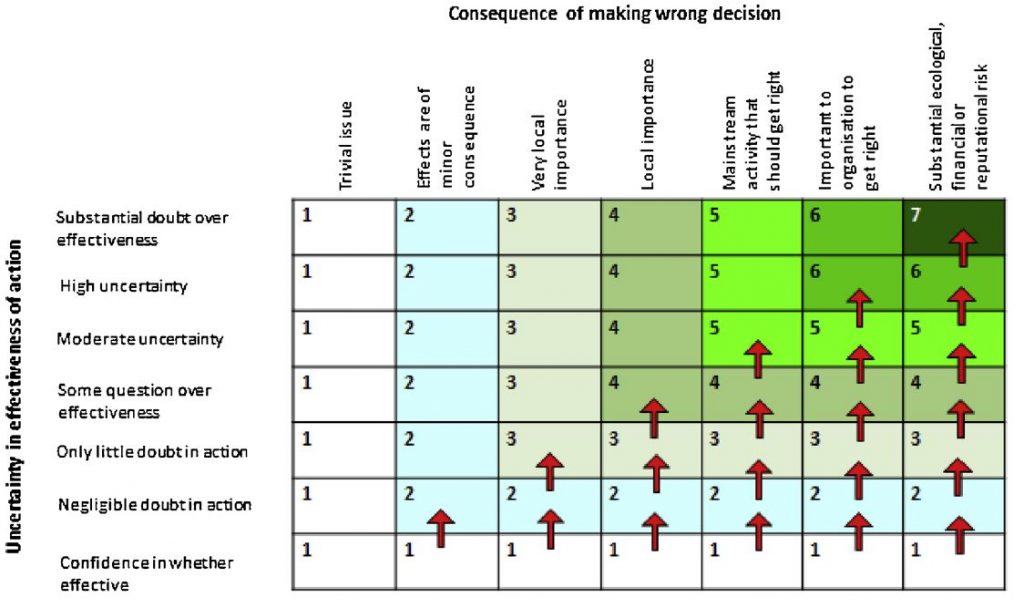It is well known among ecologists that there are more species of almost everything in the tropical regions, and it is also well known that there is rather much more research in the ecosystems of the temperate zone. A recent note in Science 379 (6632) – 8 Feb. 2023 highlights the problems faced by ornithologists in Latin America and the Caribbean trying to carry out research on their local birds. The details are in two papers now published (Soares et al. 2023, Ruelas Inzunza et al. 2023). Both of these papers are a response to a review paper published in 2020 (Lees et al. 2020) which discussed how much was not known about birds in Latin America, but which ignored most of the contributions of Latin American scientists. The red flag arose in part because all the authors of the 2020 paper were based at universities either in the United States or in the United Kingdom. The central criticisms were that the 2020 paper perpetuated an elitist, exclusionary, “northern” approach that has overlooked the knowledge produced by Latin American experts and Indigenous people, partly because these papers were not in English.
Their case is certainly important and should be a call-to-arms but it should be read with a few minor qualifications. It is certainly not valid to ignore local knowledge both of scientists and indigenous peoples. But this has been going on now for more than 200 years in all areas of biological science, not that history justifies these barriers. Alas Charles Darwin would fall under the knife of this criticism. The funding for ecological research is higher in most European countries as well as North America compared with tropical countries. So we are dealing with economic issues that underlie the scientific funding that is less in Latin America in addition to the global problem that too many governments prefer guns to butter. We recognize these problems, but we can do nothing immediately about them.
The language issue is much more difficult because it is so clear. There is a long history of this conflict in scientific papers as well as in literature in general. French scientists years ago refused to publish in English, that has changed. Chinese scientists were all educated in Russian but when the tide turned they learned English and started to write scientific papers in English. The problem revolves back to the education system of North American schools that seem to operate on the assumption that to learn a foreign language is very close to being a traitor. Alas students hardly learn to speak and write English but that is another social issue. I think many northern scientists have helped Latin America scientists to assist them in English usage, so it is to me quite obscene to think that someone has a business charging people $600 for a translation. So much of the complaint in the predominance of English scientific papers arises from social issues that are difficult to overcome.
In the end I am very sympathetic with the inequities raised in these papers and the desire to move forward on all these issues. Ironically the skeleton of the Lees et al. (2020) paper is an excellent roadmap for the analysis of any taxonomic group anywhere is the world, and these papers should be a reminder that similar reviews should be more inclusive of all published literature. Remember always that European or American knowledge is not the only or the best knowledge.
Lees, A.C., Rosenberg, K.V., Ruiz-Gutierrez, V., Marsden, S., Schulenberg, T.S. & Rodewald, A.D. (2020) A roadmap to identifying and filling shortfalls in Neotropical ornithology. Auk, 137, 1-17. doi: 10.1093/auk/ukaa048.
Ruelas Inzunza, E., Cockle, K.L., Núñez Montellano, M.G., Fontana, C.S., Cuatianquiz Lima, C., Echeverry-Galvis, M.A., Fernández-Gómez, R.A., Montaño-Centellas, F.A., Bonaccorso, E., Lambertucci, S.A., Cornelius, C., Bosque, C., Bugoni, L., Salinas-Melgoza, A., Renton, K., Freile, J.F., Angulo, F., Mugica Valdés, L., Velarde, E., Cuadros, S. & Miño, C.I. (2023) How to include and recognize the work of ornithologists based in the Neotropics: Fourteen actions for Ornithological Applications, Ornithology, and other global-scope journals. Ornithological Applications, 125, duac047. doi: 10.1093/ornithapp/duac047.
Soares, L., Cockle, K.L., Ruelas Inzunza, E., Ibarra, J.T., Miño, C.I., Zuluaga, S., Bonaccorso, E., Ríos-Orjuela, J.C., Montaño-Centellas, F.A., Freile, J.F., Echeverry-Galvis, M.A., Bonaparte, E.B., Diele-Viegas, L.M., Speziale, K., Cabrera-Cruz, S.A., Acevedo-Charry, O., Velarde, E., Cuatianquiz Lima, C., Ojeda, V.S., Fontana, C.S., Echeverri, A., Lambertucci, S.A., Macedo, R.H., Esquivel, A., Latta, S.C., Ruvalcaba-Ortega, I., Alves, M.A.S., Santiago-Alarcon, D., Bodrati, A., González-García, F., Fariña, N., Martínez-Gómez, J.E., Ortega-Álvarez, R., Núñez Montellano, M.G., Ribas, C.C., Bosque, C., Di Giacomo, A.S., Areta, J.I., Emer, C., Mugica Valdés, L., González, C., Rebollo, M.E., Mangini, G., Lara, C., Pizarro, J.C., Cueto, V.R., Bolaños-Sittler, P.R., Ornelas, J.F., Acosta, M., Cenizo, M., Marini, M.Â., Vázquez-Reyes, L.D., González-Oreja, J.A., Bugoni, L., Quiroga, M., Ferretti, V., Manica, L.T., Grande, J.M., Rodríguez-Gómez, F., Diaz, S., Büttner, N., Mentesana, L., Campos-Cerqueira, M., López, F.G., Guaraldo, A.C., MacGregor-Fors, I., Aguiar-Silva, F.H., Miyaki, C.Y., Ippi, S., Mérida, E., Kopuchian, C., Cornelius, C., Enríquez, P.L., Ocampo-Peñuela, N., Renton, K., Salazar, J.C., Sandoval, L., Correa Sandoval, J., Astudillo, P.X., Davis, A.O., Cantero, N., Ocampo, D., Marin Gomez, O.H., Borges, S.H., Cordoba-Cordoba, S., Pietrek, A.G., de Araújo, C.B., Fernández, G., de la Cueva, H., Guimarães Capurucho, J.M., Gutiérrez-Ramos, N.A., Ferreira, A., Costa, L.M., Soldatini, C., Madden, H.M., Santillán, M.A., Jiménez-Uzcátegui, G., Jordan, E.A., Freitas, G.H.S., Pulgarin-R, P.C., Almazán-Núñez, R.C., Altamirano, T., Gomez, M.R., Velazquez, M.C., Irala, R., Gandoy, F.A., Trigueros, A.C., Ferreyra, C.A., Albores-Barajas, Y.V., Tellkamp, M., Oliveira, C.D., Weiler, A., Arizmendi, M.d.C., Tossas, A.G., Zarza, R., Serra, G., Villegas-Patraca, R., Di Sallo, F.G., Valentim, C., Noriega, J.I., Alayon García, G., de la Peña, M.R., Fraga, R.M. & Martins, P.V.R. (2023) Neotropical ornithology: Reckoning with historical assumptions, removing systemic barriers, and reimagining the future. Ornithological Applications, 125, duac046. doi: 10.1093/ornithapp/duac046.
